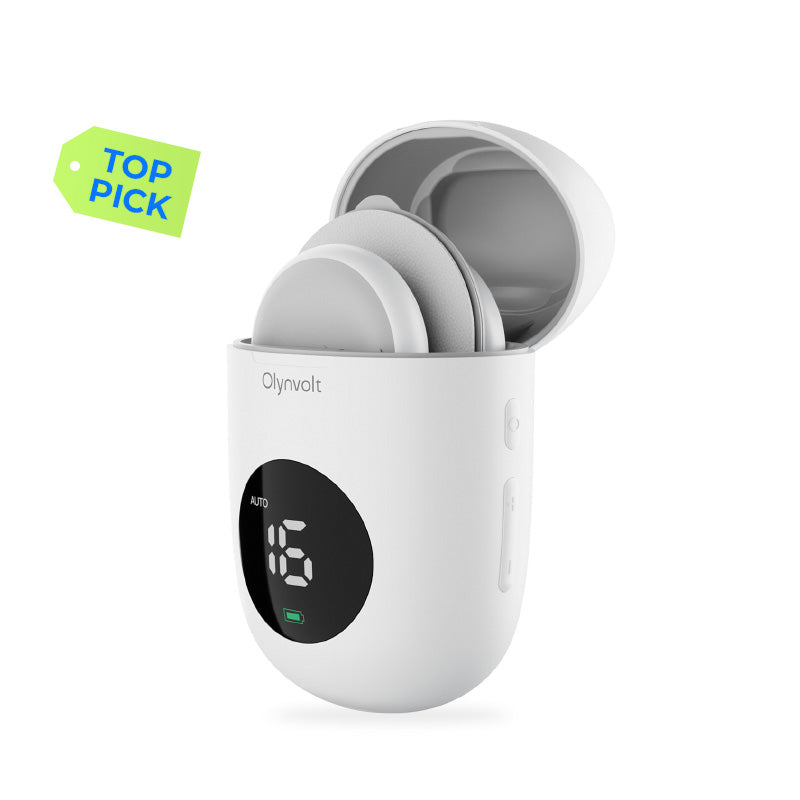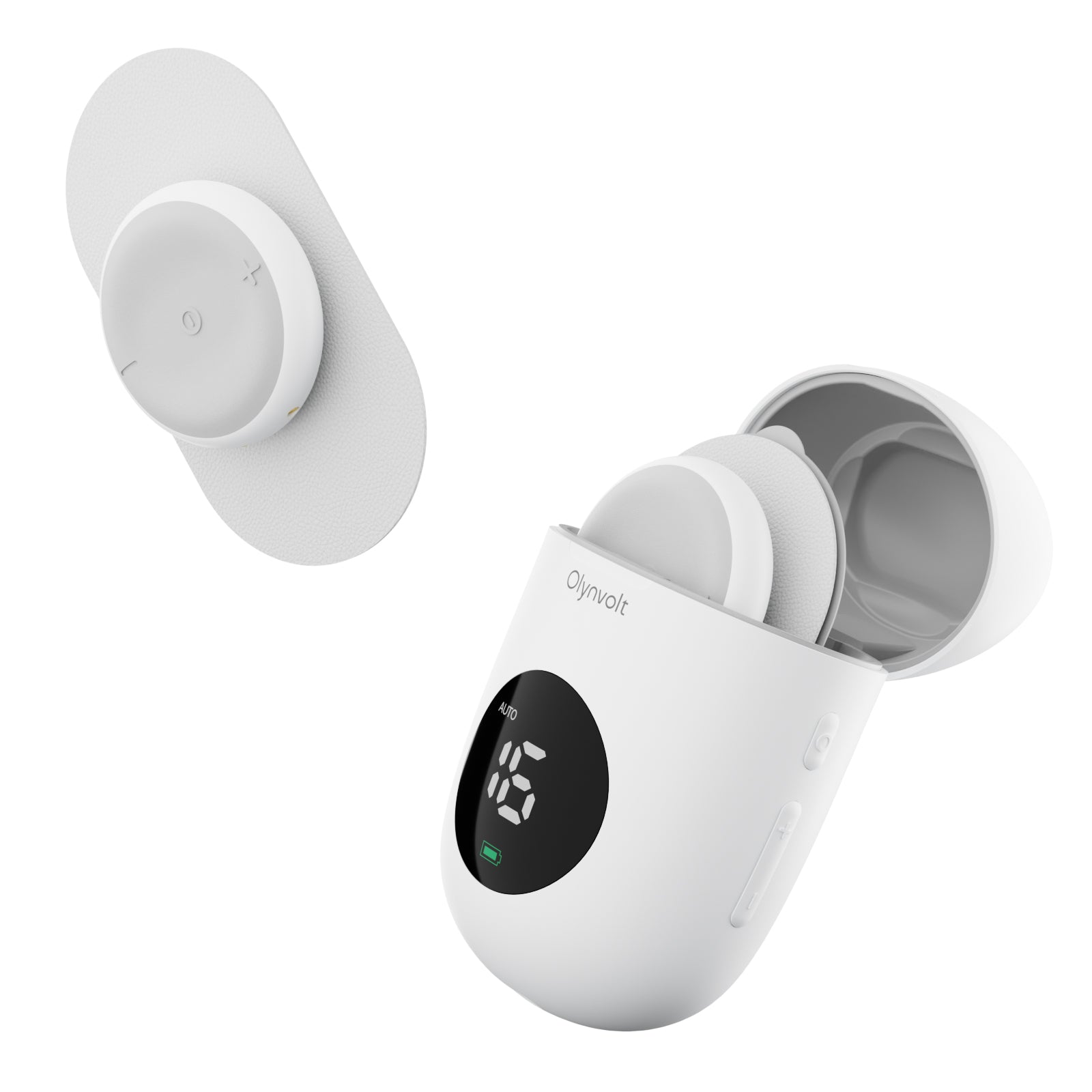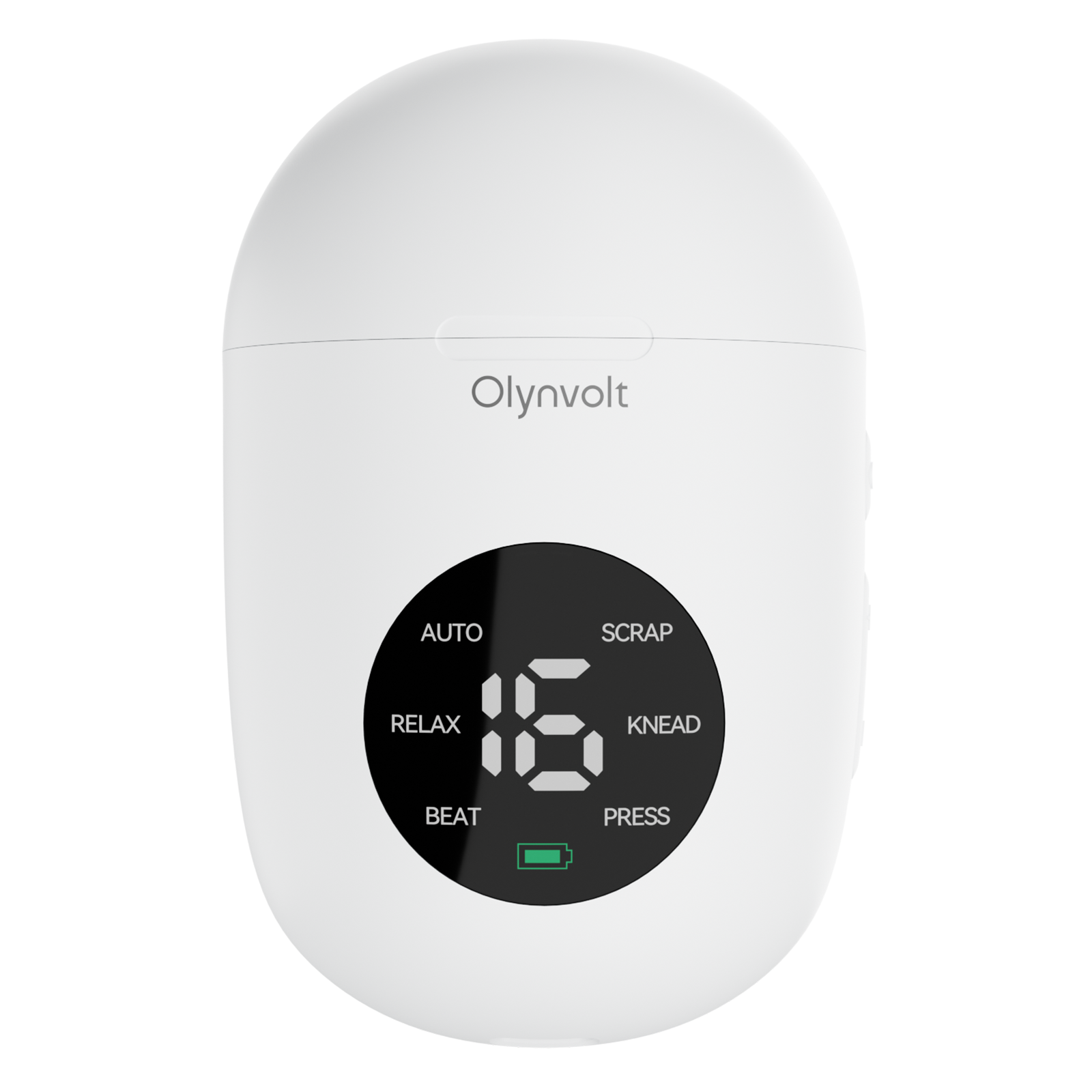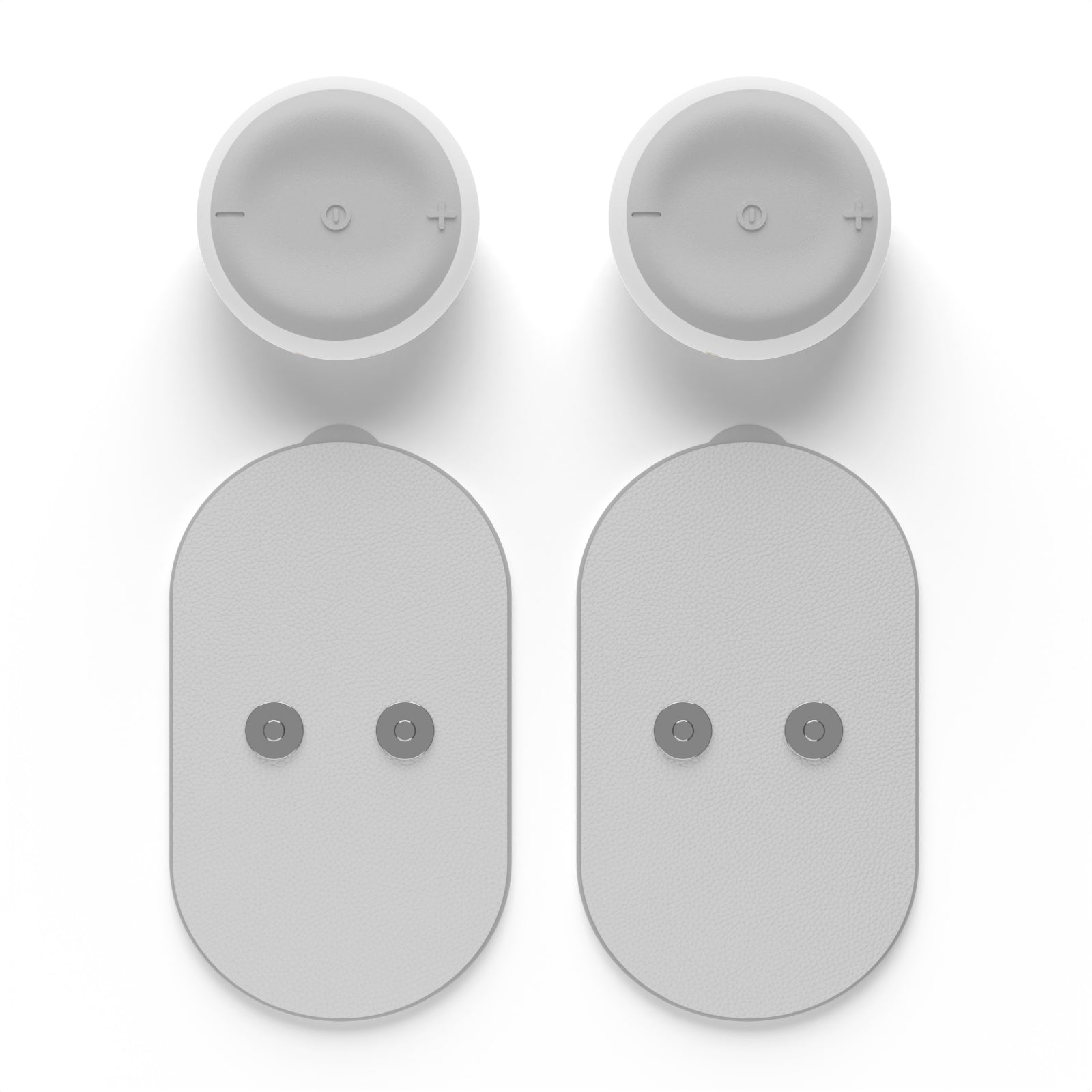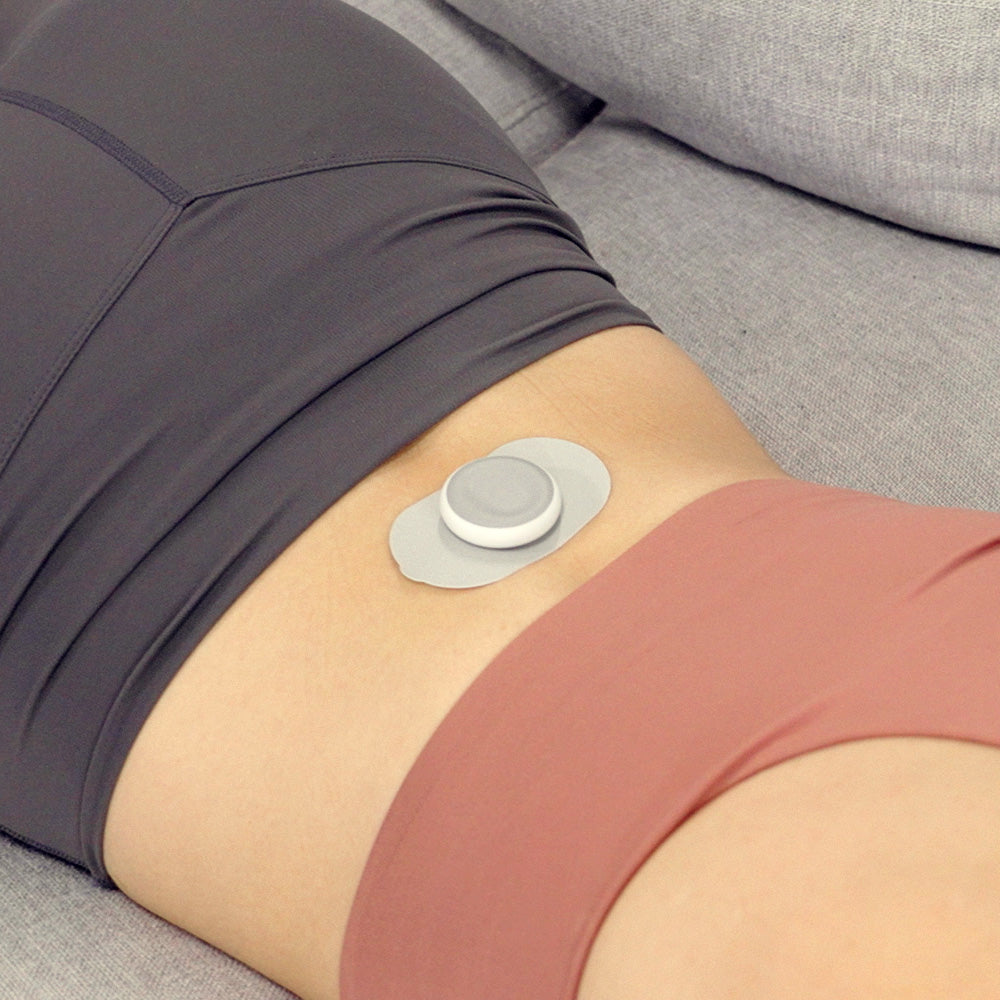Transcutaneous Electrical Nerve Stimulation (TENS)
Last reviewed by a Cleveland Clinic medical professional on 09/25/2023.
Click here to view the original content from Cleveland Clinic.
Transcutaneous electrical nerve stimulation (TENS) uses low-voltage electrical currents to relieve pain. A TENS unit is a small device that delivers the current at or near your nerves to block or change your perception of pain. Healthcare providers use TENS to treat a range of conditions, including osteoarthritis, tendinitis and fibromyalgia.
Overview
What is transcutaneous electrical nerve stimulation (TENS)?
Transcutaneous electrical nerve stimulation (TENS) is a type of pain relief therapy. It uses a low-voltage electrical current to block pain or change your perception of it.
TENS therapy works well for a lot of people. And researchers agree that it tends to work better for some than others. But there’s not enough research to explain exactly why. Researchers are still working to find out more information. Most experts believe the electrical current helps release pain-reducing chemicals that your own body produces.
What is a TENS unit and what does it do?
A TENS unit is a battery-powered device with electrodes that deliver electrical impulses through the surface of your skin. A provider places the electrodes at or near trigger points (muscle knots) or affected nerves.
Many healthcare providers offer TENS therapy in office or hospital settings. They can also give you a prescription for a TENS unit to use at home. Or you can purchase an over-the-counter (OTC) TENS unit at your local pharmacy without a prescription.
Regardless of the type of TENS unit you choose, it’s a good idea to talk to your healthcare provider first. Many of these units have FDA approval, but it’s important to choose the right device for your needs. Your provider can also give you guidance on how and where to apply the electrodes.
Health conditions treated with TENS
Healthcare providers use transcutaneous electrical nerve stimulation (TENS) to treat a wide range of acute (short-term) and chronic (long-term) conditions, including:
- Back pain.
- Osteoarthritis.
- Fibromyalgia.
- Tendinitis.
- Bursitis.
- Chronic pelvic pain.
- Diabetes-related neuropathy.
- Peripheral artery disease (PAD).
Procedure Details
How does transcutaneous electrical nerve stimulation work?
Healthcare providers have two theories about how TENS works:
- The electrical current stimulates nerve cells that block the transmission of pain signals. This changes the way you perceive pain.
- The electrical current raises the level of endorphins (your body’s natural pain-killing chemicals), which then trigger your body’s pain-relieving power.
How does a TENS unit work?
A TENS device is about the size of a small cell phone. It comes with several sets of electrodes, wires and end pads. Here’s how it works:
- The electrodes connect to the TENS unit at one end and have 2-inch by 2-inch pads at the other end.
- Each pad has adhesive backing so it’ll stick to your skin.
- You (or your provider) position the pads on your skin along nerve pathways in the affected area.
- The TENS unit delivers pulses of electrical energy.
- You can adjust the intensity, frequency and duration of the pulses. (The goal is to adjust the settings until the electrical impulses feel strong but comfortable.)
TENS therapy usually helps ease pain during the treatment. But the level of pain relief following the session varies from person to person. Some people claim that they feel better for up to 24 hours after the session. Others say their pain returns as soon as they turn off the TENS unit.
How often can you use a TENS unit?
Generally, you can use a TENS unit as often as you want. Some people use it several times a day for up to 60 minutes each time. But it’s a good idea to check with your healthcare provider before trying it.
Who shouldn’t use a TENS unit?
You shouldn’t use a TENS unit if you’re pregnant or if you have:
- An implantable device like a pacemaker.
- Cancer.
- Epilepsy.
- Deep vein thrombosis (DVT).
- Bleeding disorders.
- Heart disease.
You also shouldn’t use TENS on or near:
- Infected tissues.
- Damaged skin.
- Varicose veins.
- Eyes.
- Mouth.
- Neck (front or side).
- Head.
- Genitals.
- Areas of numbness.
- Areas of your body that have recently received radiation therapy.
Always check with your healthcare provider before using TENS, especially if you have existing health conditions.
Risks / Benefits
What are the benefits of transcutaneous electrical stimulation?
Listed below are some notable TENS unit benefits:
- It’s noninvasive.
- You can use it alone or in addition to pain relievers.
- It may reduce medication dosages in some people. (Always talk to your healthcare provider before changing your medications.)
- TENS units are small and portable.
- The method effectively relieves pain for many people.
What are the disadvantages of TENS therapy?
Possible TENS side effects include:
- Allergic reaction to adhesives.
- Uncomfortable sensations. (Some people don’t like the prickling, tingling feeling.)
- Burns from the electrodes (rare).
Recovery and Outlook
How long does it take for a TENS unit to work?
Most people report that pain relief begins immediately after beginning the session and stops within one hour of completing it.
When to Call the Doctor
When should I call my healthcare provider?
TENS is generally safe, but you should let your healthcare provider know if you develop:
A note from Cleveland Clinic
Transcutaneous electrical nerve stimulation (TENS) is a noninvasive method of pain relief, and it works well for many people. As far as scientific research, there’s still a lot to learn about it. But if you have short-term or long-term pain, it’s likely worth a try. To learn more about TENS for pain management, talk to your healthcare provider.
Last reviewed by a Cleveland Clinic medical professional on 09/25/2023.





